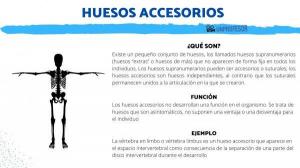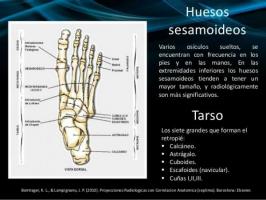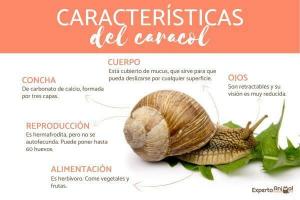The parts of human bones

Image: Partsdel.com
One of the main characteristics of human beings is that we are vertebrates, that is, we have a backbone. The human body has a huge variety of bones, which allow us to perform a myriad of actions, mainly mechanical. Due to the importance of bones in the human being, today in this lesson from a PROFESSOR we are going to talk about the parts of human bones so that you can get to know our anatomy better.
Bones can be defined as a kind of rigid organs that make up the endoskeleton of the human being and the rest of the living beings. Being the endoskeleton a kind of internal structure that gives the ability to support the animal.
The human skeleton is made up of 206 bones, and may vary in some people and at certain times of life. An example of the evolution of bones in humans is that children and babies have more bones, possessing 4 vertebrae sacras that later join to form the sacrum, and 5 coccygeal vertebrae that fuse to form the innominate.
Each of the human bones performs a different action
, but they cannot perform this action if they do not work together between several bones in the same area.Functions of human bones
The functions of bones are very diverse and to better understand why they are so important in our body we must know them. The functions of the human skeleton are as follows:
- One of the main functions of bones is to protect organs possible blows.
- The bones deal with hold the various organs of the body.
- Its union with the muscles allows movement voluntary.
- They are a vital element for the sense of hearing.
- Some bones, such as red bone marrow, are concerned with the creation of cells.
- Bones store reserves mineralsHence the popular knowledge that bones have calcium.
We must also understand that not all the bones of the body are the same, there are varieties depending on the shape and size. Some types of bones are: long bones, short bones, flat bones, irregular bones, and sesamoid bones. Some of these types of bones are characteristic of one area of the body, while others can be found in different areas.
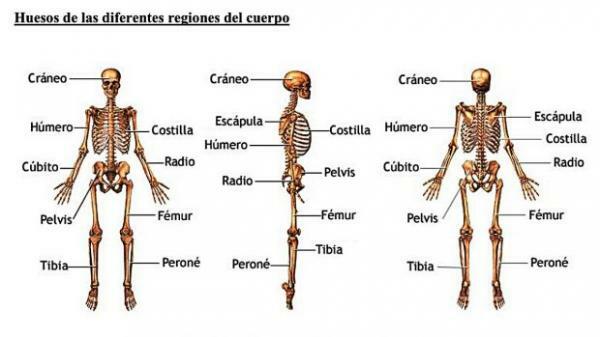
Image: OkDiario
To continue with this lesson we must talk about the parts of the bones, knowing each one of them, the parts that make them up and the functions that some perform on our body.
Bones can be of many types and sizes, but all have a series of parts in common. These organs have both soft and hard tissues, among which we can find the following:
- Epiphysis: It is the part of the long bone located at the ends, it is characterized by being spongy in the center and compact at the ends. Around it we find the articular cartilage and the periosteum. Inside it is the red bone marrow, where the creation of blood cells takes place.
- Diaphysis: It is the central part of the bone, that is, the one that joins the two ends of a long bone. One of the main characteristics of this part is that in childhood it is occupied by the growth plate, which allows the bone to grow. In adulthood, the growth plate disappears, with spongy bone tissue taking its place.
- Articular cartilage: It is a type of cartilage, that is, a kind of elastic tissue that, unlike bone tissue, has neither nerves, nor blood vessels, nor calcium. Its functions are to protect the friction between the ends of the bone and allow bone movements during movement.
- Periosteum: It is a membrane formed by the union of numerous tissues that covers the bones from the outside, except in the areas occupied by the articular cartilage. The membrane serves to nourish and give sensitivity to the bones of the human being, thanks to the blood vessels and nerves that compose it.
- Endostium: It is a membrane formed by the union of numerous tissues that forms the medullary cavity of long bones. It is a vital part, since it contains the osteoblasts, that is, the bone-forming cells.
- Medullary cavity: It is an interior space located in the diaphysis and covered by the endosteum. It is where the yellow bone marrow and adipocytes are found.
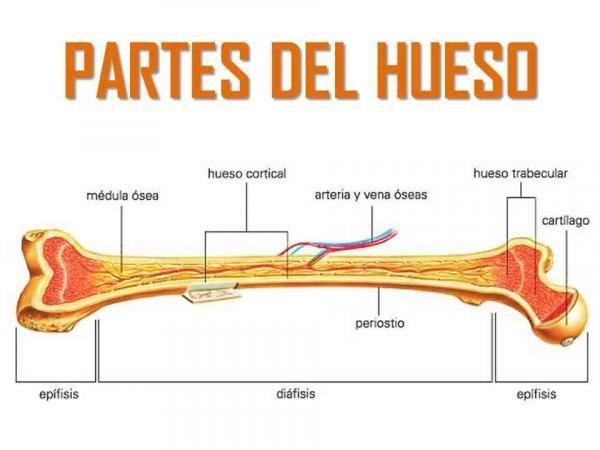
Image: Partsdel.com

